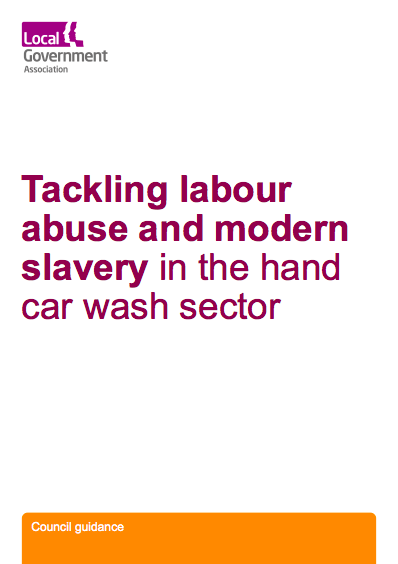Trafficking in Human Beings and Terrorism: Where and How They Intersect
GuidanceSince trafficking in human beings continues to evolve, with criminals employing ever more sophisticated, a multi-disciplinary approach to combat trafficking is not only recommended but necessary. In recent years, several reports have emerged alludin...Read More

